Written by Ilan Barnea, (Washington University in St. Louis ), CET Prague, Spring 2025

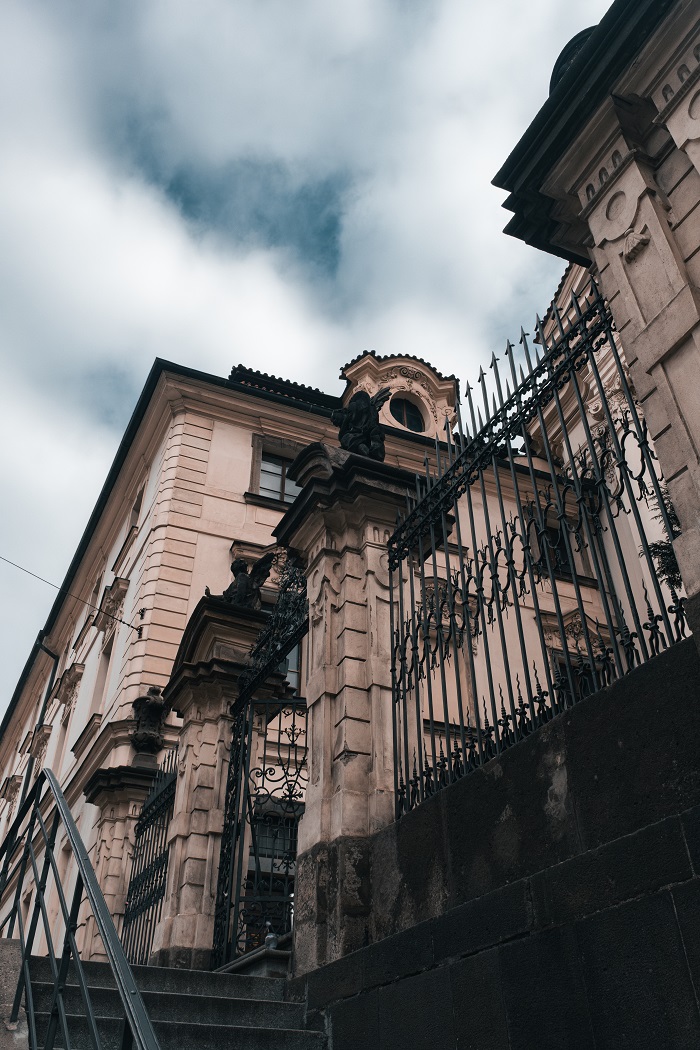
After a few weeks of our Central European Studies course class, the Political and Cultural History of East Central Europe in the 20th Century, we had our first excursion relating to the course.
Throughout these first few weeks, we had learned a lot about Czechoslovakia in the lead up to and during World War II. One of the biggest topics that was emphasized to us by our professor was the assassination of Reinhard Heydrich, the principal architect of the “Final Solution” and the head of the protectorate of Bohemia and Moravia (the Czech Republic), by Czechoslovak that parachuted into the country in order to assassinate him. In retaliation, the Nazis wiped out the entire town of Lidice, as punishment, a part of history few people have heard about, including myself.
The tour started at the Serbian Orthodox church in which the team that carried out the assassination hid. Our wonderful tour guide briefly re-explained the history to us and showed us the places in which the events we had learned about in class had occurred. It was very cool to actually see what we had previously seen on the slides in person.
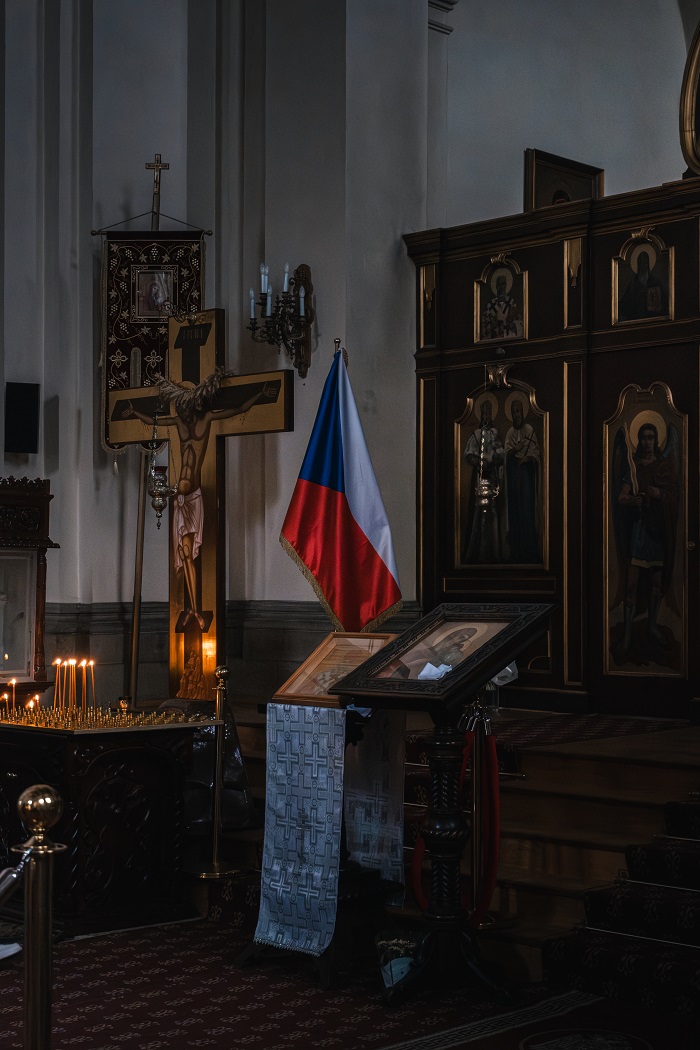
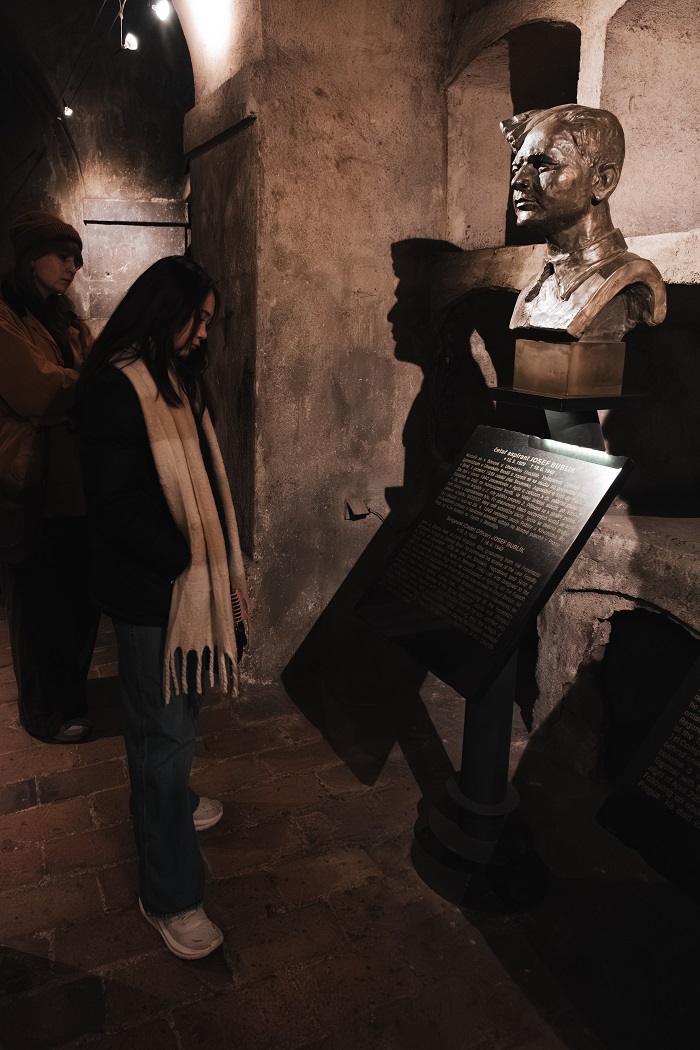
After our tour guide gave us the history, we entered the actual crypt the Czechoslovak army team hid in for a few months, before they were ultimately caught by the Nazis. This was the exact type of experience I was looking forward to in Prague, seeing the actual history we were learning about in class with our own eyes. I love World War II history and being able to actually visit the places I have been learning about since elementary school is an incredible feeling.
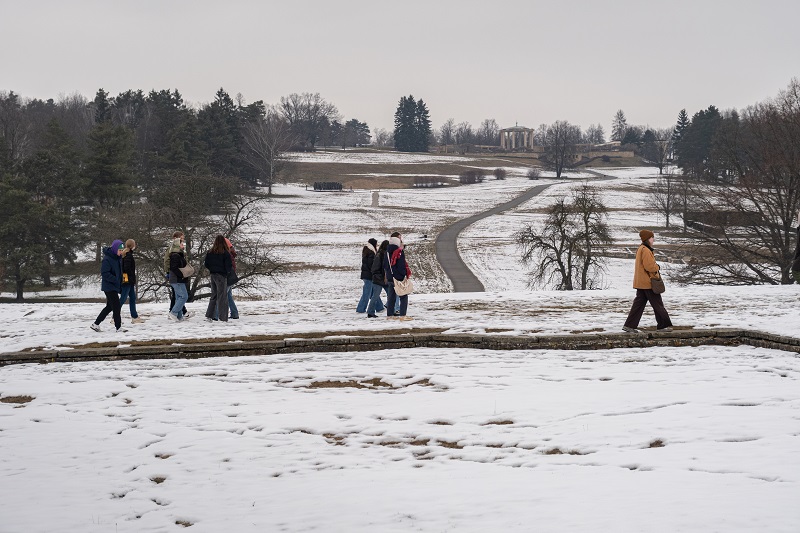
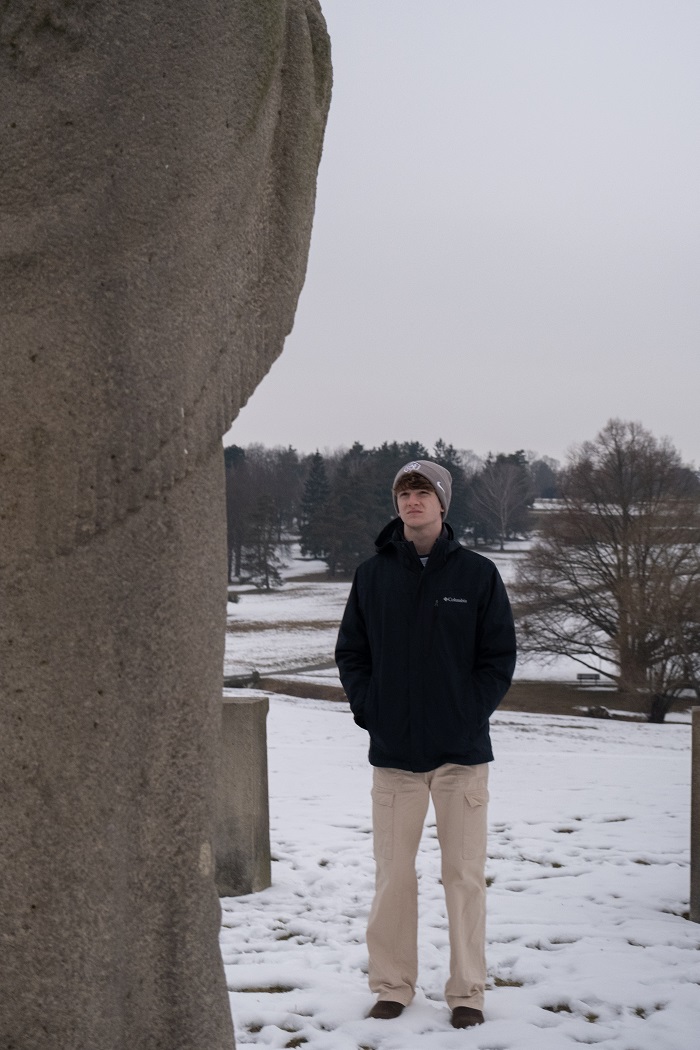
After visiting the church and the crypt, we drove forty minutes outside of Prague to where the town of Lidice stood before it was wiped out by the Nazis. Seeing the absolute destruction was both saddening and powerful. It really put into perspective the atrocities of World War II and what the Czech people went through under Nazi rule. Seeing the monuments and how there was genuinely nothing remaining from the town made what we learned in class even more striking.